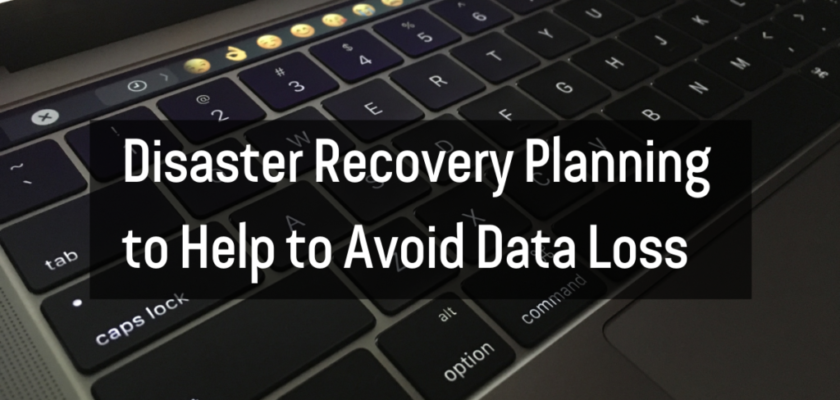What is a disaster recovery plan?
A disaster recovery plan (DRP) is a document that outlines how a business will recover from a disaster. It should include procedures for backing up data, restoring lost data, and continuing business operations in the event of a major outage.
Why is a DRP important for small businesses?
A DRP is important for small businesses because it can help to minimize the impact of a disaster on the business. By having a plan in place, small businesses can be sure that their data is backed up and able to be restored quickly and easily. This can help to reduce downtime and keep the business running smoothly.
How to create a DRP for a small business
There are many ways to create a DRP for a small business. The most important thing is to tailor the plan to the specific business needs.
Some things to consider when creating a DRP include:
- What type of disasters are most likely to occur?
- What is the impact of a disaster on the business?
- How much data can the business afford to lose?
- How quickly does the business need to be able to restore lost data?
- What are the business’s critical business functions?
- Who needs access to the plan?
Once the business has considered these factors, it can start to put together its DRP. There are many templates and resources available online that can help small businesses get started.
A good DRP will include the following components:
- Risk assessment: The first step in creating a DRP is to conduct a risk assessment. This will help the business to identify the potential threats to its data and systems.
- Business impact analysis: Once the business has identified the potential threats, it needs to conduct a business impact analysis. This will help the business to understand the impact of a disaster on its operations.
- Recovery strategy: The recovery strategy is the heart of the DRP. It should outline the steps that the business will take to recover from a disaster. This may include restoring lost data, relocating to a temporary location, or using cloud-based services.
- Communication plan: The communication plan is important for keeping employees and customers informed in the event of a disaster. It should include a list of key contacts and how to reach them.
- Testing and maintenance: The DRP should be tested and maintained regularly to ensure that it is up-to-date and effective.
Benefits of partnering with a disaster recovery provider
One option for small businesses is to partner with a disaster recovery provider. Disaster recovery providers offer a variety of services that can help protect small businesses in the event of a disaster. The University of Missouri System emphasizes the importance of a disaster recovery plan in mapping out the process of resuming normal business operations.
Some of the benefits of partnering with a disaster recovery provider include:
- Peace of mind: Knowing that the business’s data is safe and secure can give small business owners peace of mind.
- Quick and easy restoration: Disaster recovery providers can help small businesses to restore lost data quickly and easily. This can help to minimize downtime and keep the business running smoothly.
- Continued business operations: Disaster recovery providers can help small businesses to continue operating even in the event of a major outage. This can help to protect the business’s bottom line.
- Expert support and guidance: Disaster recovery providers can provide small businesses with expert support and guidance on how to develop and implement a DRP.
If a small business is considering partnering with a disaster recovery provider, it is important to choose one that offers a comprehensive solution that meets the business’s specific needs.
Additional tips for creating a robust DRP
In addition to the above tips, here are some additional tips for creating a robust DRP:
- Make sure the DRP is easy to understand and follow. The DRP should be written in clear and concise language that is easy for all employees to understand.
- Involve all employees in the development and implementation of the DRP. All employees should be aware of their roles and responsibilities in the event of a disaster.
- Test the DRP regularly. The DRP should be tested regularly to ensure that it is up-to-date and effective.
- Update the DRP as needed. The DRP should be updated regularly to reflect changes in the business environment and new threats.
By following these tips, small businesses can create a robust DRP that will help them recover quickly and easily from a disaster.

